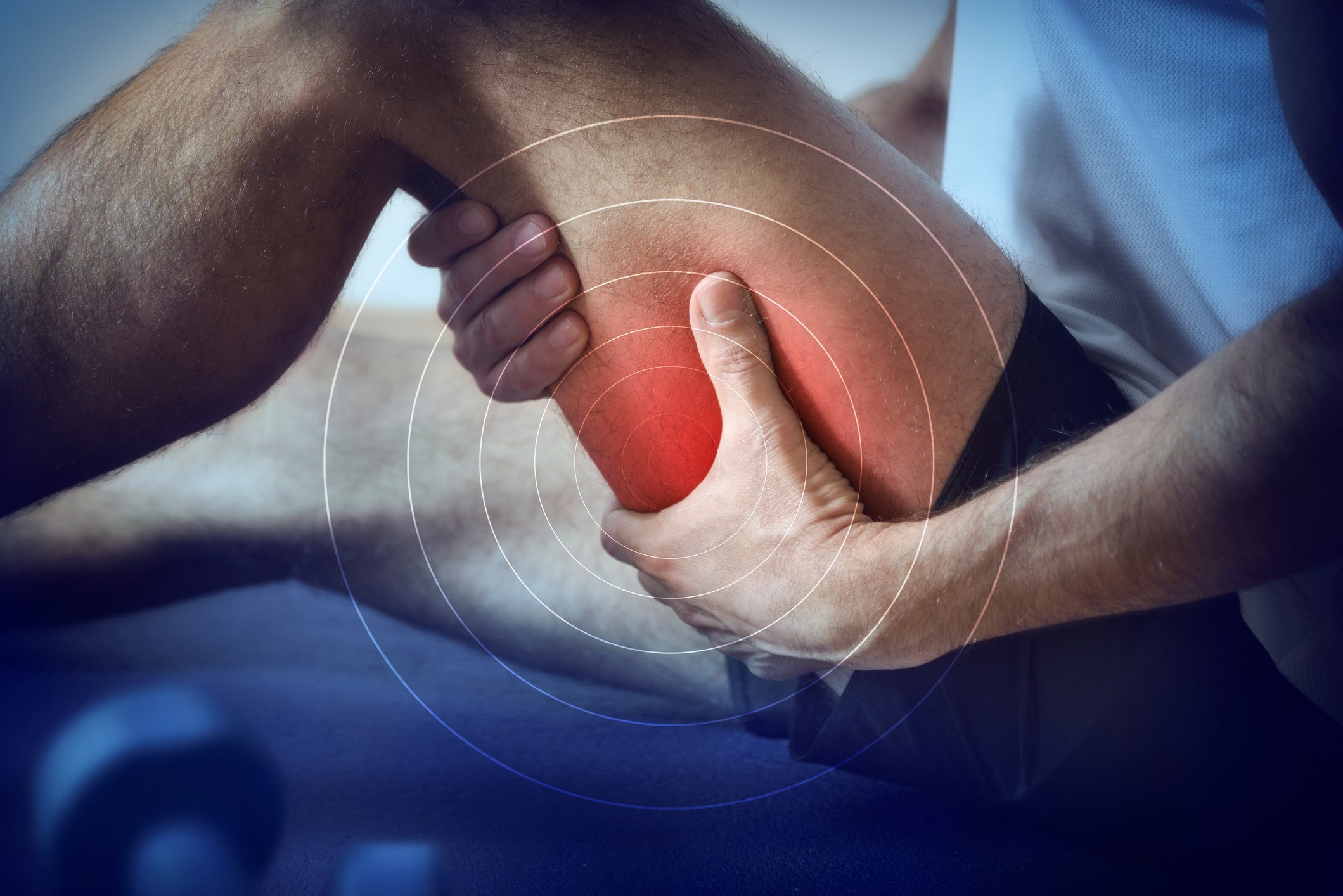Tailored specifically to each individual’s unique foot contours and needs, prescription orthotics do more than simply act as shoe inserts. These custom-designed medical devices provide essential support, alleviate discomfort, and correct biomechanical imbalances.
We cannot overstate the importance of proper foot support. As the foundation of our mobility, our feet endure significant daily stress. Inadequate support can lead to a range of issues, from simple foot pain to complex musculoskeletal problems affecting the knees, hips, and back.
Prescription orthotics serve as both a preventive and therapeutic solution, addressing various foot-related concerns and enhancing overall comfort and stability. Essential for athletic pursuits, daily wear, or managing specific foot conditions, these orthotics play a crucial role in maintaining foot health and promoting a better, more balanced posture and gait.
What are Prescription Orthotics?
Specialists design prescription orthotics as custom-made devices to wear inside shoes, specifically to correct and support feet’s biomechanical function. They primarily serve to relieve discomfort, improve foot and ankle alignment, and prevent future foot problems.
Craftsmen create these orthotics from precise impressions of the feet, considering each individual’s foot structure, pathology, and specific needs. The available range of orthotics is diverse, meeting various requirements:
- Functional Orthotics
These are designed to control abnormal motion. They are commonly used to alleviate foot pain caused by such motion and to treat injuries like tendinitis or shin splints. - Accommodative Orthotics
Softer than functional orthotics, these provide extra cushioning and support. They are often employed to treat conditions like diabetic foot ulcers, painful calluses on the bottom of the foot, and other discomforts.
Custom vs. Over-the-Counter Orthotics
The debate between custom-made and over-the-counter (OTC) orthotics is significant when considering the best option for foot care. While OTC orthotics are readily available and less expensive, they offer a one-size-fits-all solution which may not be effective for everyone.
- Custom-Made Orthotics
Custom-Made Orthotics are tailored specifically to the individual’s foot shape, size, and specific foot condition. The process involves a foot assessment by a healthcare professional, followed by the creation of a custom mold. This level of customization ensures that the orthotic addresses specific biomechanical issues, offering a high degree of effectiveness in alleviating pain and improving foot function. - Over-the-Counter Orthotics
These are mass-produced inserts available at pharmacies and shoe stores. While they can provide cushioning and support, they are not designed to address specific foot problems. OTC orthotics are generally more affordable and can be a good option for people with mild foot discomfort or those looking for additional shoe cushioning.
The benefits of a personalized approach in the case of prescription orthotics are manifold. They provide targeted support and correction based on individual foot mechanics, often leading to greater comfort and prevention of further foot complications. Moreover, custom orthotics can be modified and adjusted over time to adapt to changes in foot structure or health needs, offering a long-term solution for optimal foot health.
Process of Getting Prescription Orthotics
Obtaining prescription orthotics begins with a crucial first step: an initial assessment by a healthcare professional. This comprehensive evaluation is essential in determining the specific needs and requirements for each individual’s orthotics. The process usually involves several key stages:
- Consultation and Medical History
The healthcare professional will begin by discussing your medical history, current foot concerns, lifestyle, and any specific symptoms you may be experiencing. This conversation helps in understanding the context and potential causes of your foot issues. - Physical Examination
A thorough examination of your feet is conducted. This includes assessing the foot structure, alignment, and any noticeable abnormalities in the feet and lower limbs. - Gait Analysis
Your walking pattern or gait is closely observed. This can reveal a lot about how your feet behave during movement and can be critical in designing orthotics that cater to your dynamic foot function. - Foot Measurement and Imprinting
Precise measurements of your feet are taken, and in some cases, a 3D scan or a physical imprint of your feet is made to capture the exact contours and arches of your feet.
Chiropodists are healthcare professionals specializing in the assessment and management of foot and lower limb disorders. They have the expertise to diagnose foot problems and prescribe orthotics. Chiropodists are skilled in the design, manufacture, fitting, and modification of foot appliances and shoes, including orthotics. They work closely with the prescription provided by the chiropodist to create the custom orthotics.
Assessment and Customization
The assessment and customization process of prescription orthotics is a meticulous and personalized one. It focuses on understanding and addressing the unique structure and needs of your feet.
- Assessment of Foot Structure and Needs
During the assessment, the healthcare professional examines various aspects of your feet such as arch height, toe alignment, and pressure points. They also consider any existing foot conditions like flat feet, high arches, or plantar fasciitis. This comprehensive evaluation ensures that the orthotics are tailored to address specific foot issues and provide the necessary support. - Customization Process for Optimal Support
Once the assessment is complete, the information gathered is used to design and create the orthotics. This process involves selecting the appropriate materials (which may vary from rigid to flexible, depending on the required support level) and incorporating specific features based on your foot condition and lifestyle. The custom orthotics are then crafted, often with options for adjustments after you have started using them to ensure a perfect fit and the utmost comfort.
This detailed and individualized approach in the creation of prescription orthotics is crucial for ensuring that they provide the optimal support and benefit for your specific foot health needs.
Benefits of Prescription Orthotics
Prescription orthotics offer a multitude of benefits that extend beyond mere foot comfort, playing a significant role in overall foot health and well-being. These custom-made devices are tailored to meet the specific needs of an individual’s feet, providing support where it’s needed most and helping to alleviate a range of foot-related issues.
Aiding in Foot Health
Orthotics are designed to correct structural and functional abnormalities in the feet. By providing proper alignment and support, they can significantly reduce stress and strain on the feet. This not only alleviates pain but also prevents the progression of existing foot conditions. Properly aligned feet can also lead to better posture and balance, reducing the risk of injuries and improving mobility.
Overall Well-Being
The benefits of prescription orthotics often transcend foot health, contributing to overall physical well-being. By correcting foot imbalances, orthotics can help reduce pain and discomfort in other parts of the body, such as the knees, hips, and lower back. This can lead to an improved quality of life, with increased comfort during daily activities and enhanced performance in sports and exercise.
Specific Conditions that Benefit
Prescription orthotics are particularly beneficial for a variety of foot-related conditions. These include plantar fasciitis, flat feet, high arches, heel spurs, bunions, and diabetic foot complications. They are also highly effective in managing symptoms related to arthritis, tendonitis, and recurrent ankle sprains. By addressing the root cause of these conditions, orthotics can provide significant relief and prevent further complications.
Insurance and Coverage for Orthotics
Navigating the realm of insurance coverage for prescription orthotics is a critical component of the process, as it can significantly affect the accessibility and affordability of these essential health aids. Understanding the nuances of insurance policies and what they cover is key.
Many insurance plans recognize the health benefits of prescription orthotics and offer coverage to some extent. The extent of coverage can vary widely depending on the provider and the specific plan. Typically, plans may cover the cost of the orthotic devices themselves, as well as the associated consultations and fittings. It’s important to note that coverage often requires a prescription or a referral from a recognized healthcare professional, such as a podiatrist, chiropodist, or orthopedic surgeon.
To ensure a smooth claim process, it’s advisable to start by thoroughly reviewing your insurance policy or contacting your insurance provider for clarification on orthotic coverage. Gather all necessary documentation, including a prescription, detailed receipts, and any forms required by your insurer. Submitting these documents promptly and following up on the status of your claim can help expedite the process. In cases where the insurance does not cover the full cost, discussing payment plans or alternative options with the orthotic provider can be beneficial.
Maintaining Your Orthotics
To ensure the longevity and effectiveness of prescription orthotics, proper care and maintenance are essential. Below are some tips and guidelines:
- Regular Cleaning
Clean your orthotics regularly to maintain hygiene and prevent the buildup of odors and bacteria. Most orthotics can be gently wiped with a damp cloth and mild soap. Ensure they are completely dry before placing them back in your shoes. - Periodic Inspection
Regularly inspect your orthotics for signs of wear and tear, such as thinning, cracking, or changes in shape. This is especially important for those who are very active or have specific foot conditions that exert more pressure on the orthotics. - Proper Storage
When not in use, store your orthotics in a cool, dry place away from direct heat or sunlight to prevent warping or damage. - Usage Guidelines
Follow any specific usage instructions provided by your healthcare professional or the orthotic manufacturer. This may include guidance on breaking in new orthotics or alternating them with other supportive footwear. - Replacement and Adjustment
Orthotics typically last one to three years, depending on usage and material. However, changes in your foot structure, weight, or health conditions may necessitate earlier adjustments or replacements. Regular check-ups with your healthcare provider can help determine the right time for these changes, ensuring your orthotics continue to provide optimal support and comfort.
Stepping Towards Healthier Feet
Prescription orthotics provide essential support, alleviate pain, and address various foot-related conditions, ultimately contributing to improved overall well-being. The customization and personalization involved in the creation of prescription orthotics ensure that each individual receives the specific support and correction needed. This level of tailored care is crucial in effectively managing foot conditions and enhancing daily comfort.
If you’re experiencing foot discomfort, have specific foot conditions, or simply seek to improve your foot health, consulting with a professional is the first step. A qualified chiropodist or pedorthist can assess your needs and guide you through the process of obtaining the right prescription orthotics for you.
Not sure if orthotics are the right solution? A foot assessment can help you figure that out. We’ll walk through your concerns, check how your feet are functioning, and let you know what might help.
Share This Story, Choose Your Platform!
Table of Contents
We specialize in orthotics, body braces, and compression wear tailored to your unique needs in Toronto. Reach out to us at info@caremed.care or call 416-782-5353 to book your fitting and consultation.
Experience the difference of customized solutions designed just for you.











